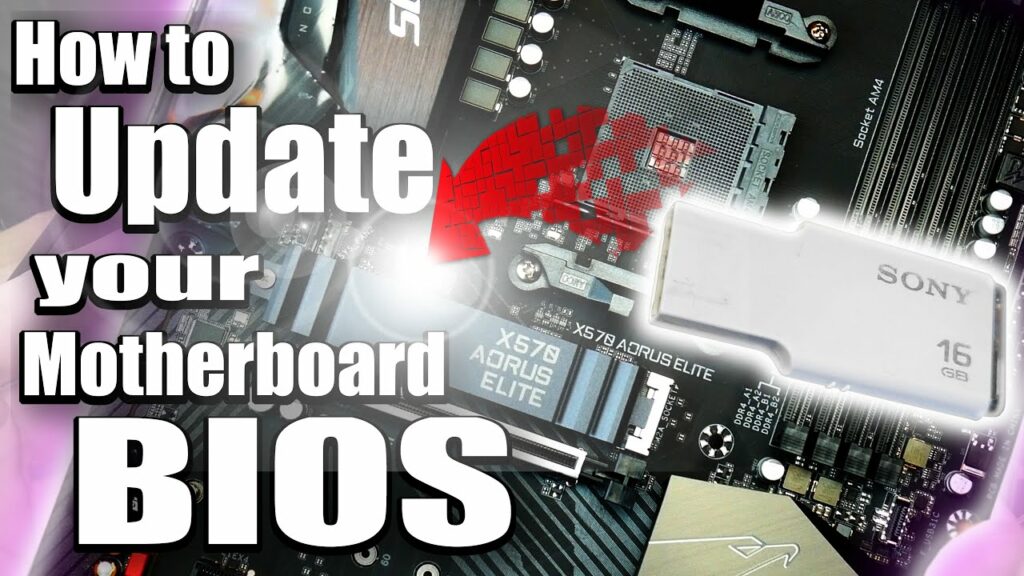How to upgrade a BIOS

Upgrading the BIOS (Basic Input/Output System) of your computer’s motherboard is a fundamental process to improve system stability, compatibility with new hardware, and potentially unlock new features. This comprehensive guide will walk you through the steps involved in safely upgrading your BIOS, covering preparation, methods for updating, precautions, and troubleshooting tips.
Table of Contents
- Introduction to BIOS Upgrades
- Importance of BIOS Updates
- Risks and Precautions
- Preparing for a BIOS Update
- Identify Current BIOS Version
- Check Manufacturer Guidelines
- Methods for Upgrading BIOS
- Using Manufacturer’s Update Utility
- Updating via BIOS Menu (UEFI)
- Using a Bootable USB Flash Drive
- Performing the BIOS Update
- Step-by-Step Instructions
- Verifying BIOS Update Completion
- Precautions and Safety Measures
- Backup Important Data
- Power and Interruption Precautions
- BIOS Recovery Options
- Common Issues and Troubleshooting
- Failed BIOS Update
- Compatibility Issues
- Recovering from a Bricked BIOS
- Conclusion
1. Introduction to BIOS Upgrades
Importance of BIOS Updates
The BIOS is essential firmware that initializes hardware components during system startup and provides basic functions for operating system interaction. BIOS updates often include bug fixes, performance improvements, support for new hardware, and security patches. Regular updates can enhance system stability, compatibility, and functionality, making them crucial for optimal system performance.
Risks and Precautions
- Data Loss: Incorrect BIOS updates or interruptions during the process can potentially lead to data loss or corruption.
- Bricking: A failed BIOS update can render your motherboard unusable (bricked), requiring advanced recovery procedures.
2. Preparing for a BIOS Update
Identify Current BIOS Version
- BIOS Version: Access BIOS/UEFI setup during system startup (usually by pressing Del, F2, or Esc key) and note down the current BIOS version.
- Motherboard Model: Identify your motherboard model, as BIOS updates are specific to each model and revision.
Check Manufacturer Guidelines
- Manufacturer Website: Visit the motherboard manufacturer’s website to download the latest BIOS update for your specific motherboard model.
- Release Notes: Review release notes accompanying the BIOS update to understand changes and improvements.
3. Methods for Upgrading BIOS
Using Manufacturer’s Update Utility
- Download Utility: Some motherboard manufacturers provide Windows-based utilities that automate the BIOS update process.
- Run Utility: Launch the utility, follow on-screen instructions to select the downloaded BIOS file, and proceed with the update.
Updating via BIOS Menu (UEFI)
- Access BIOS/UEFI: Restart your computer and enter BIOS/UEFI setup by pressing the designated key during startup (commonly Del, F2, F10, or Esc).
- Navigate to Update Section: Locate the BIOS update section within the BIOS menu.
- Select Update Method: Depending on your motherboard, you may update from file (if supported) or from the internet directly within the BIOS/UEFI interface.
Using a Bootable USB Flash Drive
- Prepare Flash Drive: Format a USB flash drive to FAT32 and copy the downloaded BIOS file onto it.
- Access BIOS/UEFI: Restart the computer and enter BIOS/UEFI setup.
- Boot from USB: Navigate to the BIOS update section and select the option to update from USB drive. Follow on-screen prompts to complete the update.
4. Performing the BIOS Update
Step-by-Step Instructions
- Backup Important Data: Ensure critical data is backed up before proceeding.
- Run Update Utility: Launch the BIOS update utility or enter BIOS/UEFI setup to begin the update process.
- Select BIOS File: Choose the downloaded BIOS file from your computer or USB drive.
- Confirm Update: Confirm your selection and proceed with the update. Do not interrupt the update process.
Verifying BIOS Update Completion
- Automatic Restart: After successful update, the system will typically restart automatically.
- Check BIOS Version: Enter BIOS/UEFI setup again to verify that the BIOS version has been updated to the latest version.
5. Precautions and Safety Measures
Backup Important Data
- Data Backup: Ensure critical data is backed up to an external drive or cloud storage before performing a BIOS update.
Power and Interruption Precautions
- Stable Power: Use a reliable power source and ensure uninterrupted power supply during the BIOS update process.
- Disable Power-Saving Features: Disable any power-saving features that could interrupt the update, such as sleep mode or automatic shutdown.
BIOS Recovery Options
- BIOS Recovery Tools: Some motherboards feature BIOS recovery mechanisms (e.g., dual BIOS, BIOS flashback) that allow recovery from failed updates.
- Consult Manufacturer: Refer to your motherboard’s manual or manufacturer’s website for specific BIOS recovery procedures.
6. Common Issues and Troubleshooting
Failed BIOS Update
- Power Failure: If the system loses power during the update, it may fail to boot or display errors.
- Recovery Steps: Use BIOS recovery tools provided by the manufacturer to attempt recovery. Consult a professional if necessary.
Compatibility Issues
- Check Compatibility: Ensure the BIOS update is intended for your specific motherboard model and revision.
- Update Incrementally: If necessary, update BIOS versions incrementally to ensure compatibility with hardware or software changes.
Recovering from a Bricked BIOS
- Professional Help: If the BIOS update fails and the motherboard becomes unresponsive (bricked), consult a professional technician or contact the motherboard manufacturer for recovery options.
- Warranty Coverage: Some manufacturers may offer warranty coverage for BIOS recovery in certain cases.
7. Conclusion
Upgrading the BIOS of your motherboard is a procedure that can enhance system stability, compatibility with new hardware, and security. By following the steps outlined in this guide—preparing for the update, selecting the appropriate method, performing the update, and taking necessary precautions—you can safely and effectively upgrade your BIOS. Regularly check for BIOS updates from your motherboard manufacturer to ensure your system is running optimally and securely. If you encounter issues during the update process, refer to troubleshooting steps or seek assistance from professional technicians to minimize risks and ensure successful BIOS updates.




